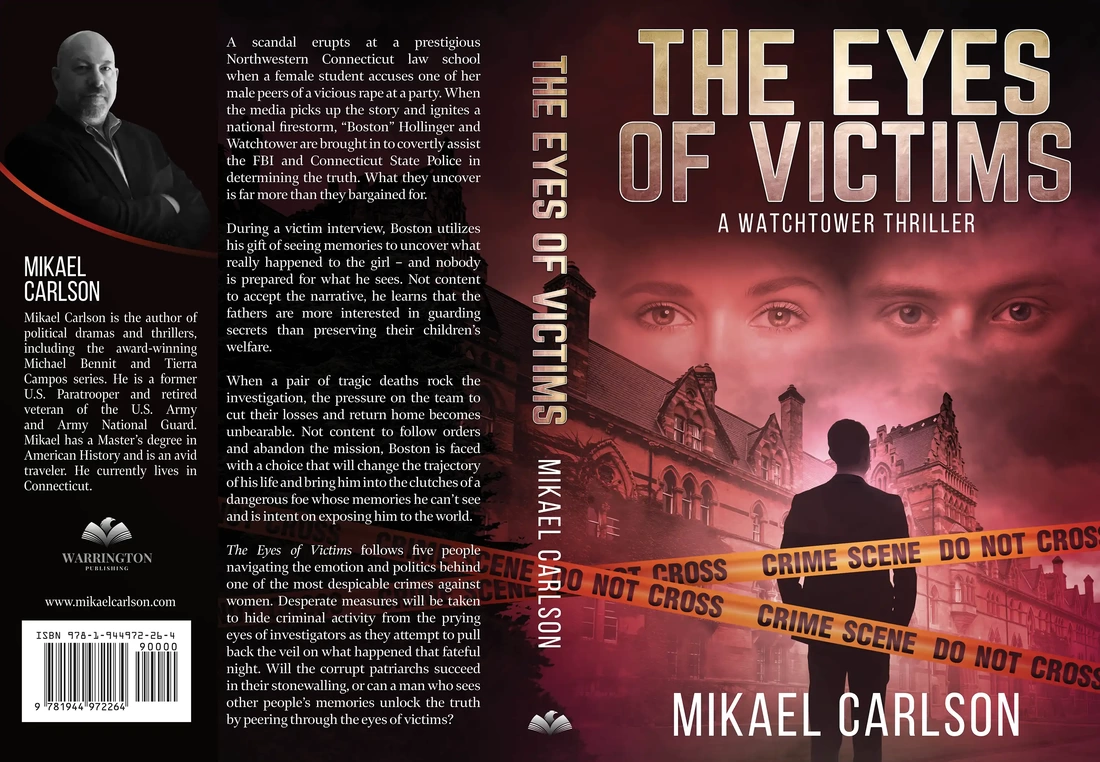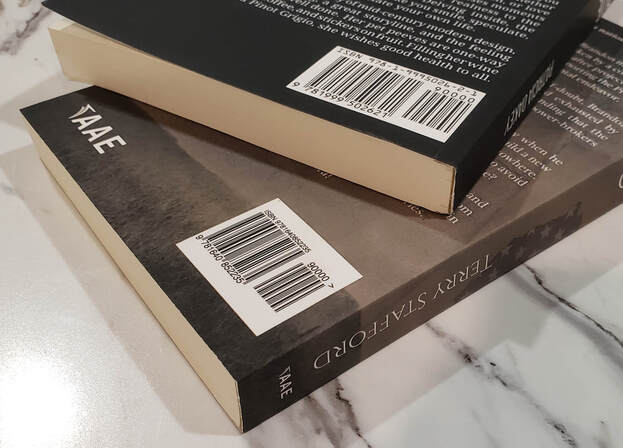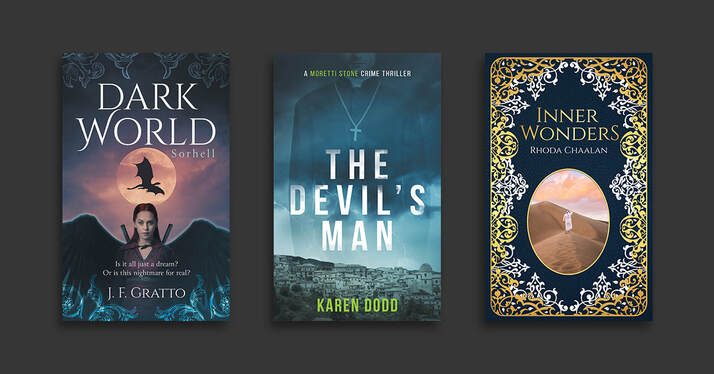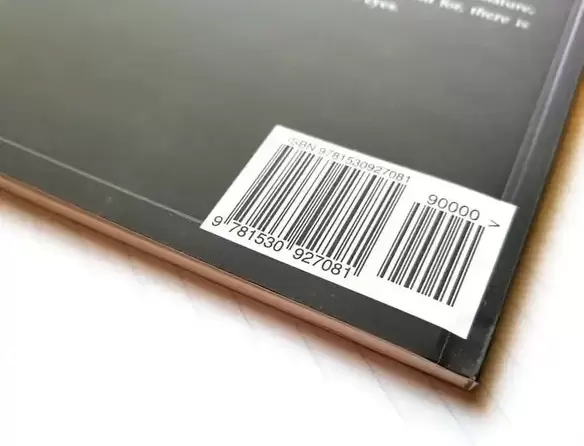|
As a self-publishing author, you’ve poured your heart and soul into writing a compelling nonfiction book on finance. You understand the importance of providing valuable insights and guidance to your readers. However, before they can benefit from your wisdom, you need to grab their attention with a captivating blurb. Crafting a successful blurb is essential for enticing potential readers and driving sales. In this guide, we'll explore how to write a blurb that hooks your audience and convinces them to dive into your financial masterpiece.
0 Comments
As a self-publishing author, you’ll understand the importance of making a strong first impression. And your book's blurb is a powerful gateway to gaining potential readers, providing them with a glimpse into the captivating world you've created. A well-crafted blurb can be the difference between a browser scrolling past your book and a reader eagerly clicking "Buy Now." In this guide, we'll explore the key elements of writing a captivating and engaging blurb that entices readers to dive into your fiction masterpiece.
When it comes to book marketing, the back cover of your book is often underestimated as a powerful tool. It serves as a window into the world you've created, enticing readers to pick the book off of the shelf and open the book to find out more.
A well-crafted back cover can make the difference between a potential reader glancing over your book and them eagerly purchasing it, in this guide, we'll explore the essential elements that need to grace the back cover of your book. Most of us understand that each edition and format of a book requires an ISBN (International Standard Book Number), this is a 13-digit number used by publishers, booksellers, libraries and retails to identify and order books with.
But where can you get an ISBN and are they free? This does depend upon your location, for the USA you can obtain ISBNs from Bowker, for the UK they are available from Nielsen, Canada’s ISBNs are available from ISBN Canada, and Australia’s ISBNs are available from Bowker Australia, for other countries go to The International ISBN Agency | International ISBN Agency (isbn-international.org). The back cover of your book gives you an opportunity to sell the content to a potential reader, but what elements do you need to have upon it, and why should you spend more time that you may think in getting this right? First of all, the book’s back cover is a sales opportunity for you as an author, it enables you to give a clear reason as to why the reader would want to delve into the pages within and buy your book, the message you have upon the back page will differ slightly from fiction to non-fiction, but it’s job will be the same. The Blurb Looking at fiction first of all, the back page should contain a short synopsis of your story, giving some tantalizing details where you introduce the main characters, hit the reader with a hook to make them want to find out more, set out the landscape (time and location) and be aimed at your target audience (the language you would use in a historical adult fiction novel will be different to that of a children’s book for the under 10s of course). In the world of self-publishing, you may have seen authors sending out ARC books and thought about doing so yourself, but what are they and what are the benefits of having ARC editions created?
Okay, ARC Books are Advance Reading Copies of your work which you will send out to a select group of readers, in return they should give you an honest review of the book itself, they get a free book, you get a review (and hopefully additional feedback). But is it worth using an ARC book for your work? There are a lot of details which should go into the front and back cover of a book, as the face and advertising of your publication, the cover design should be eye-catching and at the same time sell the title to a reader, but aside from an image with your name and the book’s title upon it, what should you consider for the cover?
To begin with you need to understand two things, firstly, the book and its concept, and secondly the marketplace and its space within it. So, let’s look at the first element, your book and its primary focal point. Now no one knows your book like you, after all, you did write it, but, you still have to step back a little and look at the overall concept, this can mean condensing the message down to one main focal point. If you’re publishing a book or have already done so you will need an ISBN beforehand, these ISBNs are something we see upon the back of every book, but we tend not to pay that much attention to them, that is until we need to organize one for our own book.
Well the ISBN or International Standard Book Number is a 10 digit or (more recently) a 13 digit number which identifies each and every book for libraries, book sellers and publishers. Originally it started off with a nine digit number in the late sixties which changed to 10 and then just over ten years ago they increased the digits to thirteen to keep up with the increase in publishing. |
JD&JCategories
All
Archives
July 2024
All information within this website (including its blog) is published in good faith and for general information purposes only. JD&J Design LLC does not make any warranties about the reliability and accuracy of this information. Any action you take upon the information in this website is strictly at your own risk. JD&J Design LLC is not liable for any losses and/or damages in connection with the use of this site and information.
|











